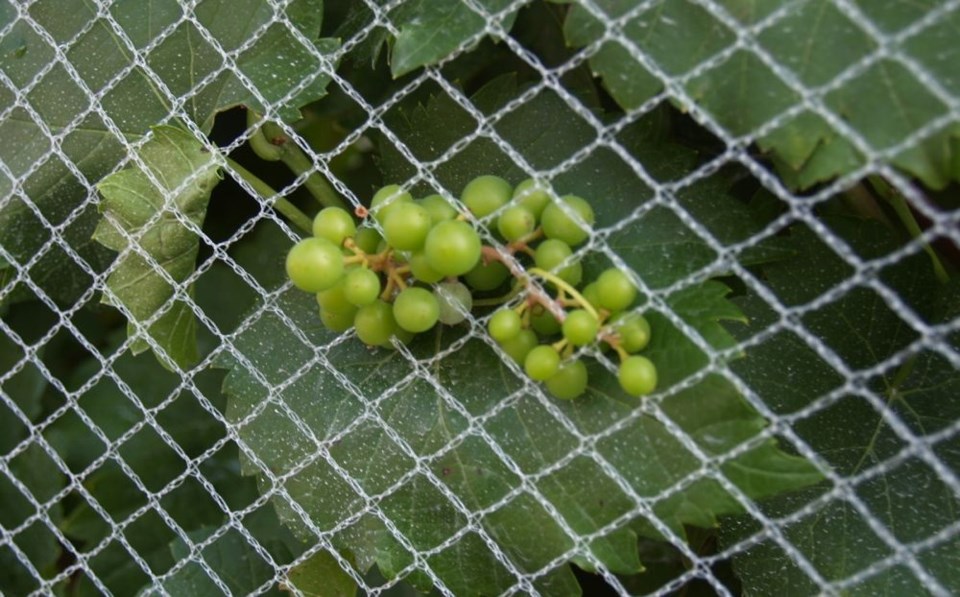An often-used euphemism for wines made in Canada from blends using imported product is set to disappear from wine labels.
The Canadian Food Inspection Agency has announced the voluntary statement “Cellared in Canada” will no longer be used on labels for wines blended in Canada, as per revisions made in March to the agency’s wine country-of-origin labelling policy.
Instead, for wines made primarily from imported product, a label may state “International blend from imported and domestic wines.” A primarily domestic blend’s label may read “International blend from domestic and imported wines.”
Wine sold in Canada must have a statement of the product’s origin, such as “Product of Spain” or “Product of Argentina.”
In some cases, CFIA said, wines are blended in Canada from various countries’ wines, including Canadian product — and the exact proportions of wines from each source can change over a production year.
For that reason, CFIA since 1994 has allowed the country-of-origin statement for wines blended in Canada to read “Cellared in Canada by (naming the company), (address) from imported and/or domestic wines.”
The “Cellared” statement was put in place “to allow flexibility in cases where wine is blended in Canada using Canadian wines and wines from numerous other countries,” the agency said.
However, comments made during consultations on the subject last June described the “Cellared” statement as “unclear, misleading and need(ing) to be replaced.”
Wine critics such as British wine writer Jancis Robinson have panned the “Cellared” descriptor, describing such brands in 2010 as “made up substantially of inexpensive bulk wine imported into Canada to be blended with some of the most basic domestic wine and, often, water.”
Canadian wine writer Beppi Crosariol wrote in the Globe and Mail in 2009 that while Canada has a long history of importing bulk wine and grapes for blending, in part to help domestic wineries boost cash flow, “clearer labels were necessary” to distinguish blends from 100 per cent domestic wines at retail.
Having seen “strong support” for the new statements during its consultations, the CFIA included the new statements in its labelling policy, effective March 12.
“The new statements are now considered acceptable for country-of-origin declarations for wines blended in Canada from domestic and imported sources if producers do not wish to list the countries of origin specifically,” the agency said.
Out of 886 respondents in consultations, including representatives from the public, the wine industry, wine associations and others, nearly 81 per cent of were “supportive” of the proposed statements, CFIA said.
The new statements, commenters said, “are more fair to local growers/producers,” are “more informative than ‘Cellared in Canada'” and make it “easier to differentiate these wines from Canadian products.”
If a producer wishes, each country of origin in a blended wine can be declared on the label; several blended wines already do so. The term “imported” is meant as “an option to use in those circumstances when the source of the imported wine content varies.”
Among wine associations taking part in the consultations, 100 per cent supported the new statements, CFIA said, while 88 per cent of wine industry players showed support, as did 82 per cent of respondents such as sommeliers, retailers, restaurant managers and “wine educators.”
Given those responses, a CFIA spokesperson said, the agency “is aware that most producers will want to switch to the new label statement as soon as possible.”
With that in mind, the agency said it hasn’t set a hard deadline for producers to move to the new label statement, but “understand(s) that companies will need time to use their current inventory of labels and print new ones.”
For the same reason, the agency said, it doesn’t expect any need to impose penalties for violations. CFIA said it has already updated its industry labelling tool with the new label statements “to promote compliance and provide guidance.”
Wines made from 100 per cent Canadian content may include the voluntary statement “Product of Canada” on the label, CFIA said.
Many 100 per cent Canadian wines from Ontario and British Columbia also feature the Vintner’s Quality Alliance (VQA) designation, certifying their claims of origin as Canadian-grown and coming from the region declared on the label. — AGCanada.com Network




